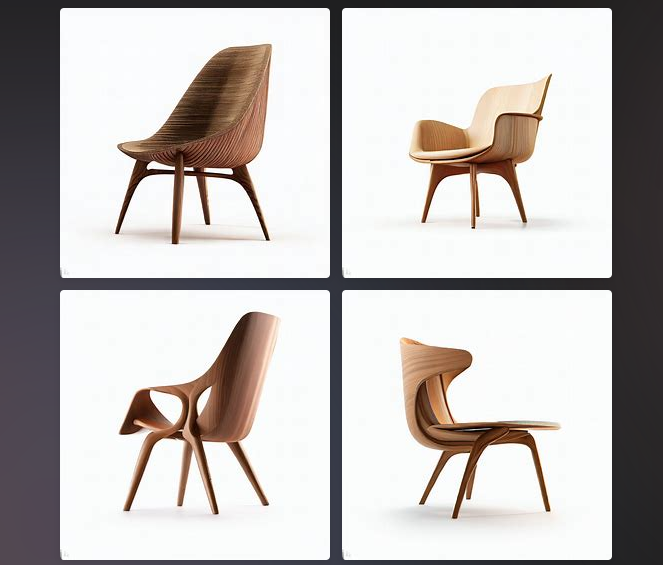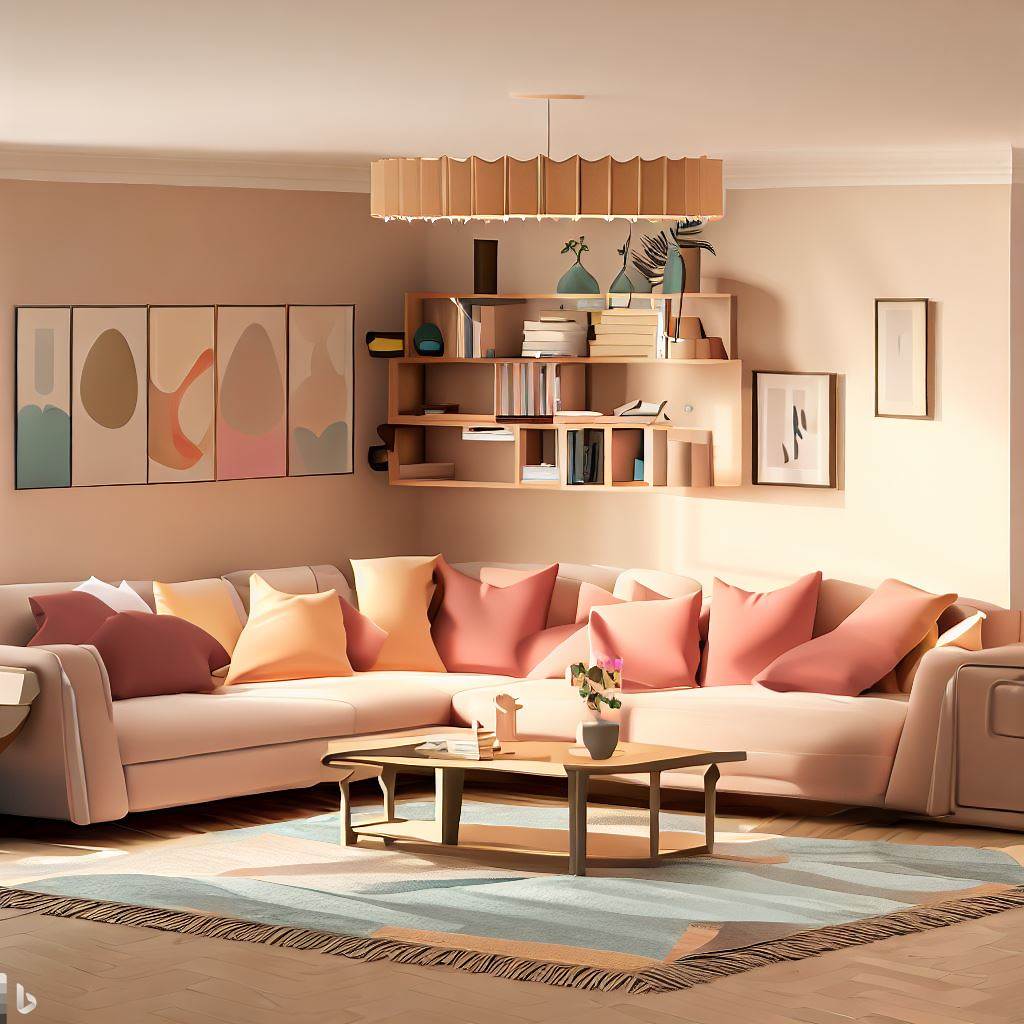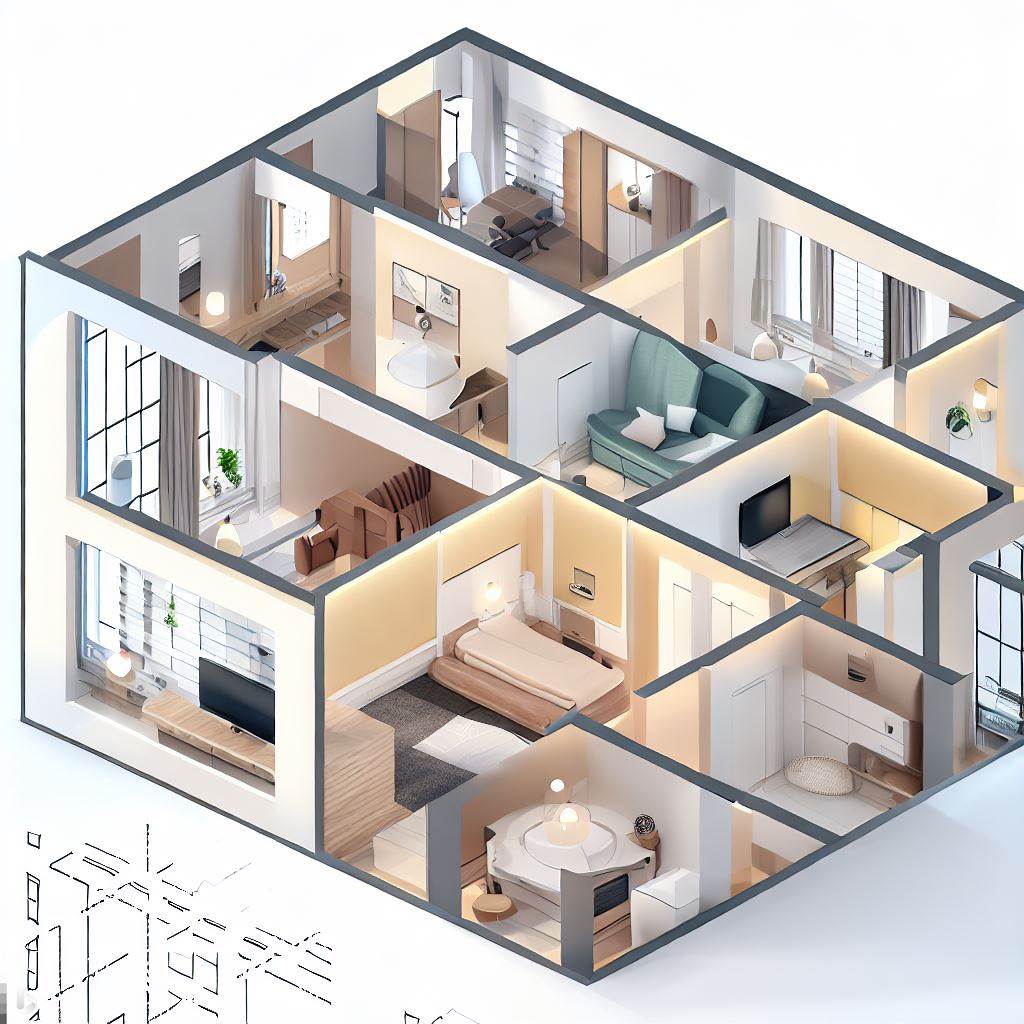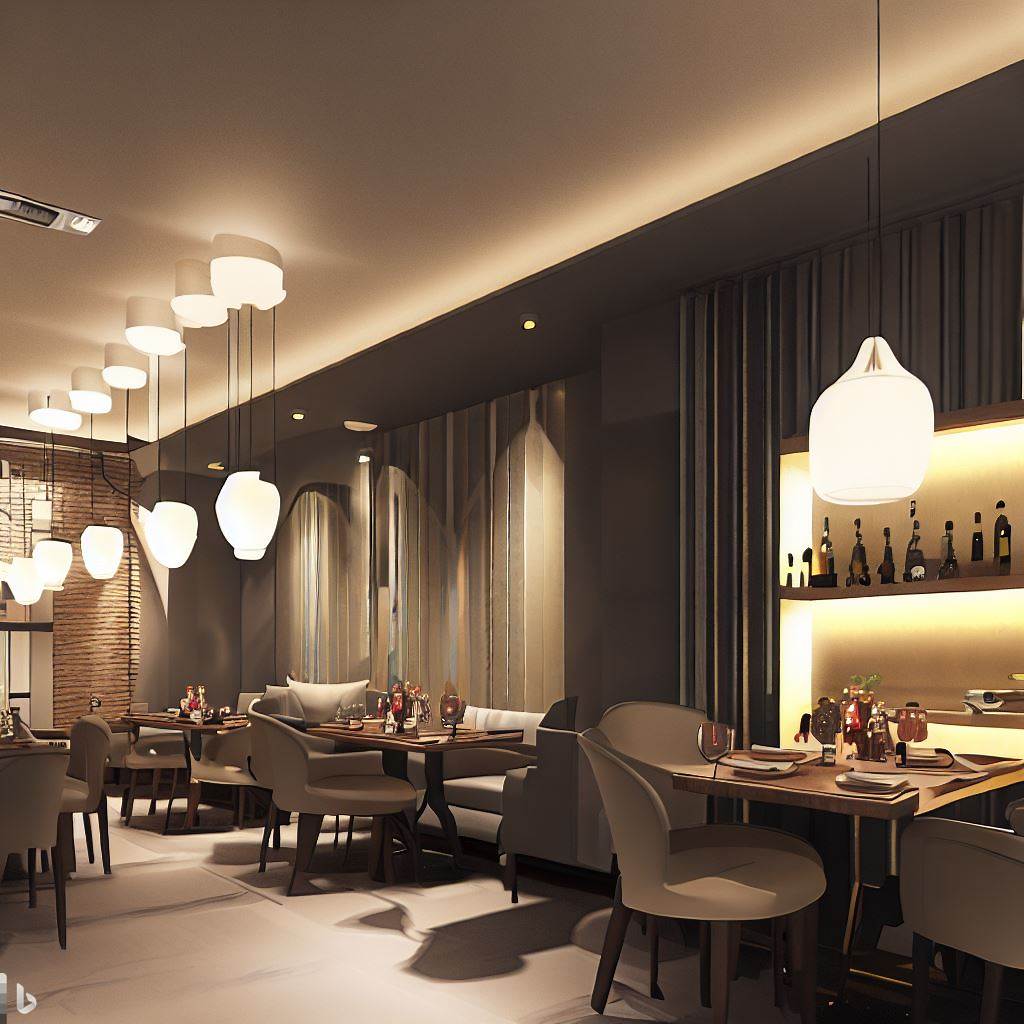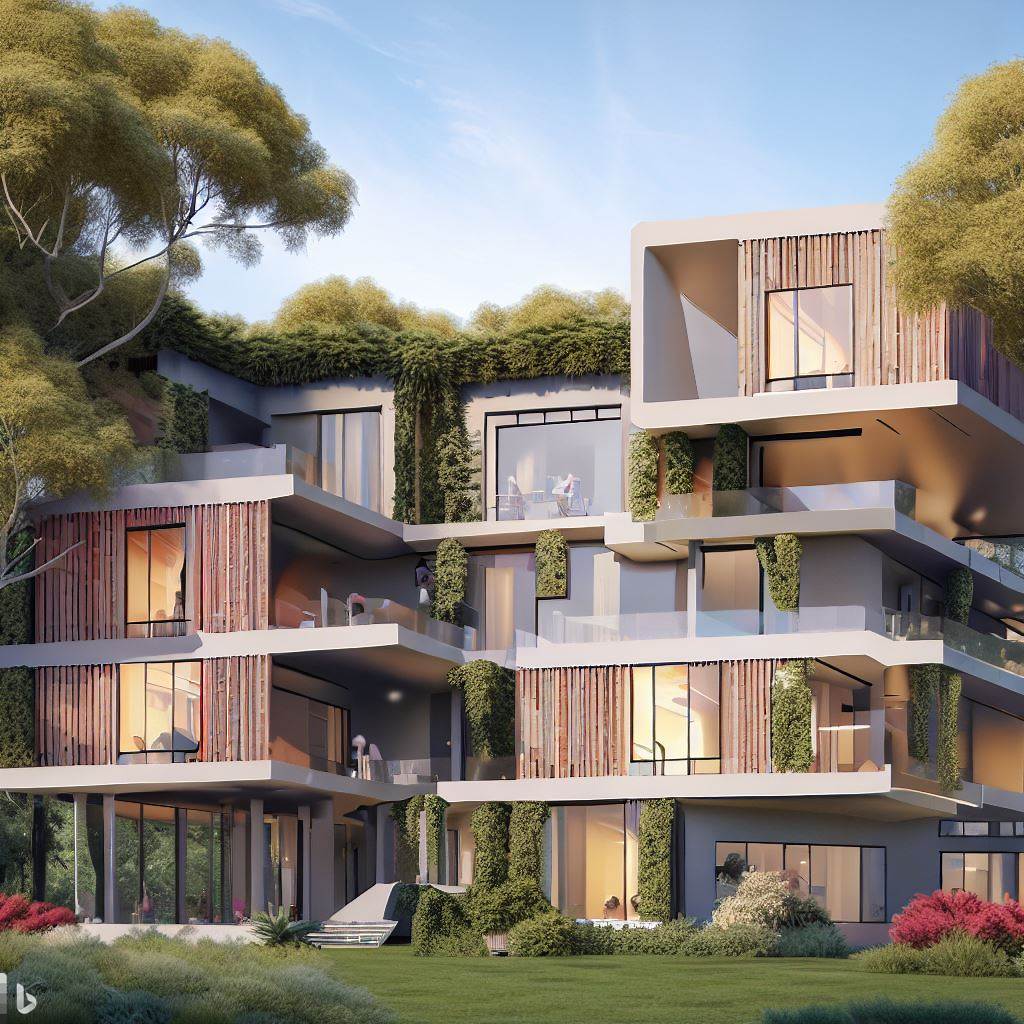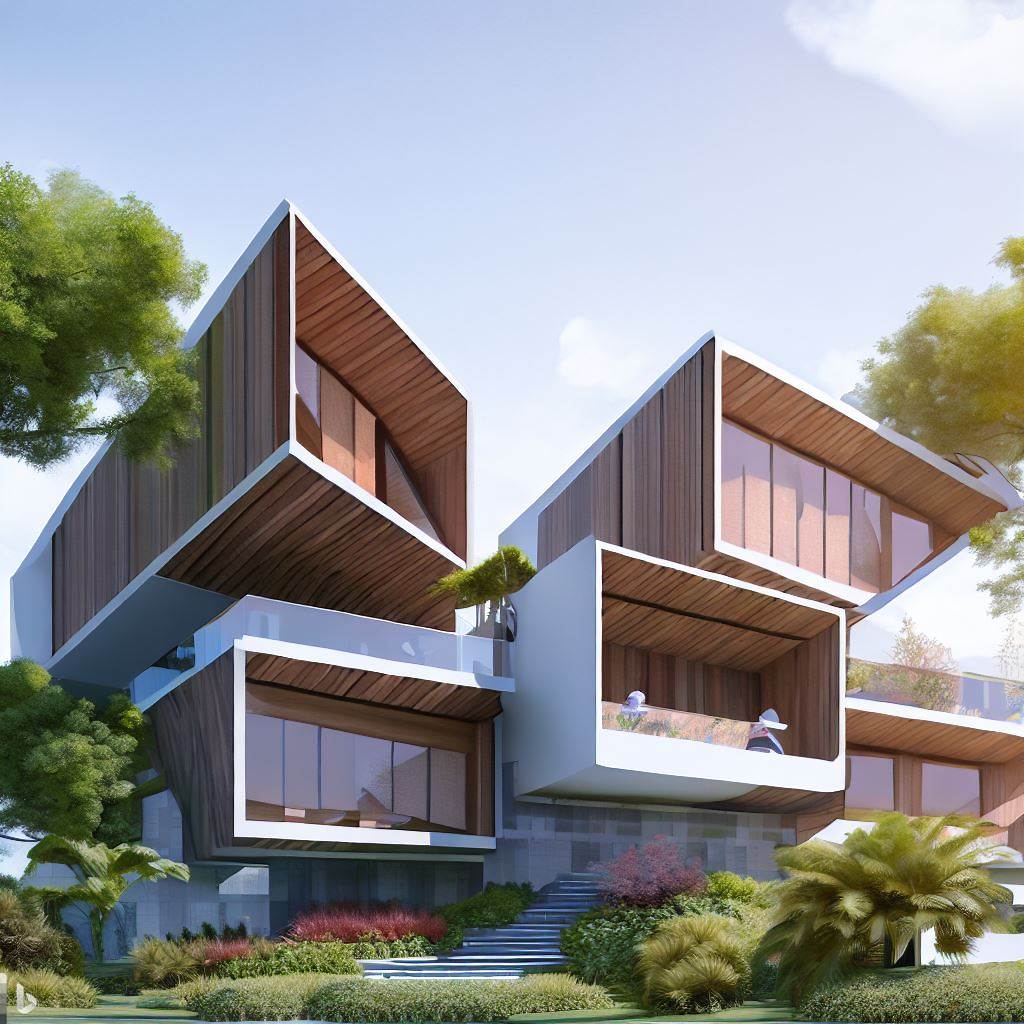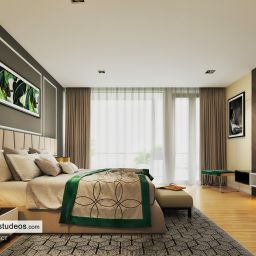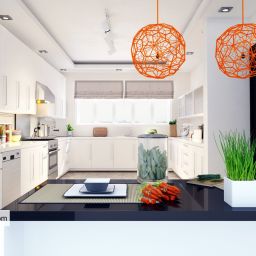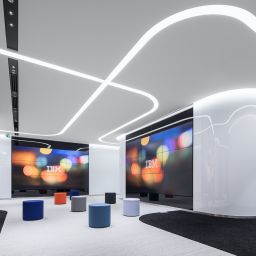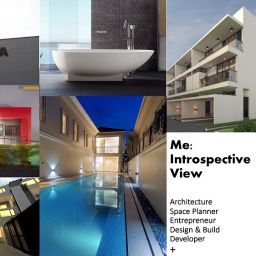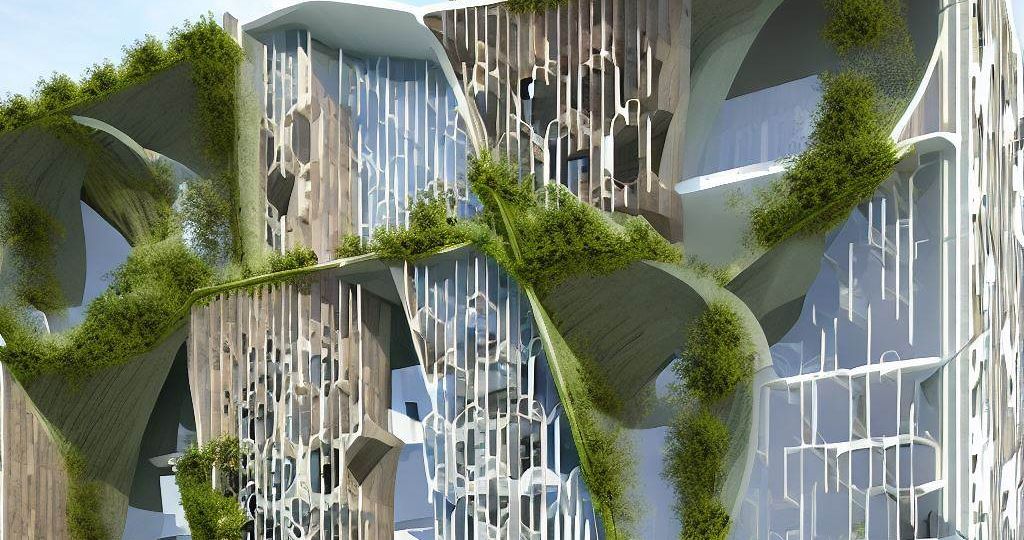
Typically, architects and 3d visualizers are tasked with creating functional and beautiful spaces that meet the needs and preferences of their clients. So whether there’s a well-detailed brief or not, creativity remains a crucial part of the design process. But, inspiration doesn’t always come as quickly as one expects.
While the human mind is quite imaginative, there’s only a limit to how many mental pictures one can create at a time. That’s where Generative AI comes in.
Today, we’ll explore the various ways architects and interior designers can create masterpieces with generative AI.
What is Generative AI?
To put it simply, generative AI is a type of artificial intelligence that is trained to learn from existing data and in turn, use that data to create new or similar content. This content can be in the form of texts, images, or even sound.
If you’ve been keeping up with the recent technological trends, it’s no surprise that you must have heard about ChatGPT— the text-based AI tool whose superpowers can help you create comprehensive written content like articles, reports, and even briefs, in minutes.
In the context of design and architecture, think about visual generative AI tools like Midjourney, DALL-E, or Lexica that can create images based on specific text inputs. It’s like having a super-fast visualizer who can come up with multiple designs on demand.
Benefits of Generative AI in Architectural Design
One remarkable benefit of using generative AI in architecture and interior design is the reduction in time. As we mentioned earlier, you can easily transform your ideas into pictures in split-seconds with a few descriptive words. This means that you can experiment with different design options and even make design iterations right from the beginning.
Of course, generative AI does not completely take out the need to utilize digital or manual sketches of your ideas or create your own visualizations— but, think about the possibility that you can get results with more clarity than you would have imagined. Also, while you may not completely adopt all the features in the AI-generated images, you are sure to find some interesting ideas to explore.
3 Notable use cases of Generative AI in Architecture and interior design
As we dive deeper into the topic, let’s see various ways generative AI can make your work easier.
01. Furniture Design
Generative AI can be a valuable tool in furniture design as it can help you create unique and customized pieces that fit seamlessly into the overall design of a space. With generative AI, you can input prompts with specific criteria like material and style. Then, the algorithm will generate different design options based on these inputs.
For example, the images below were generated on DALL-E with the prompt “a chair with a mid-century modern design using sustainable materials”.
With results like the above, you can proceed to create unique and personalized furniture pieces that clients will love.
02. Space Planning
Do you want to create a space with specific furniture pieces and accessories, or have a predefined layout? With generative AI, you can easily create and explore different layouts for your space.
Let’s see the example below generated with the prompt “Create a living room layout with a sectional sofa, a coffee table, and a bookshelf”
With a more detailed prompt, we even get a result that’d be a good starting point for the planning process.
Prompt: Generate different layout options for a 600-square-foot apartment with one bedroom, one bathroom, a living room, and a kitchen. Consider maximizing natural light, creating defined spaces for each room, and optimizing traffic flow. Use a modern and minimalist design style with a focus on functionality and comfort.
First result:
Second result:
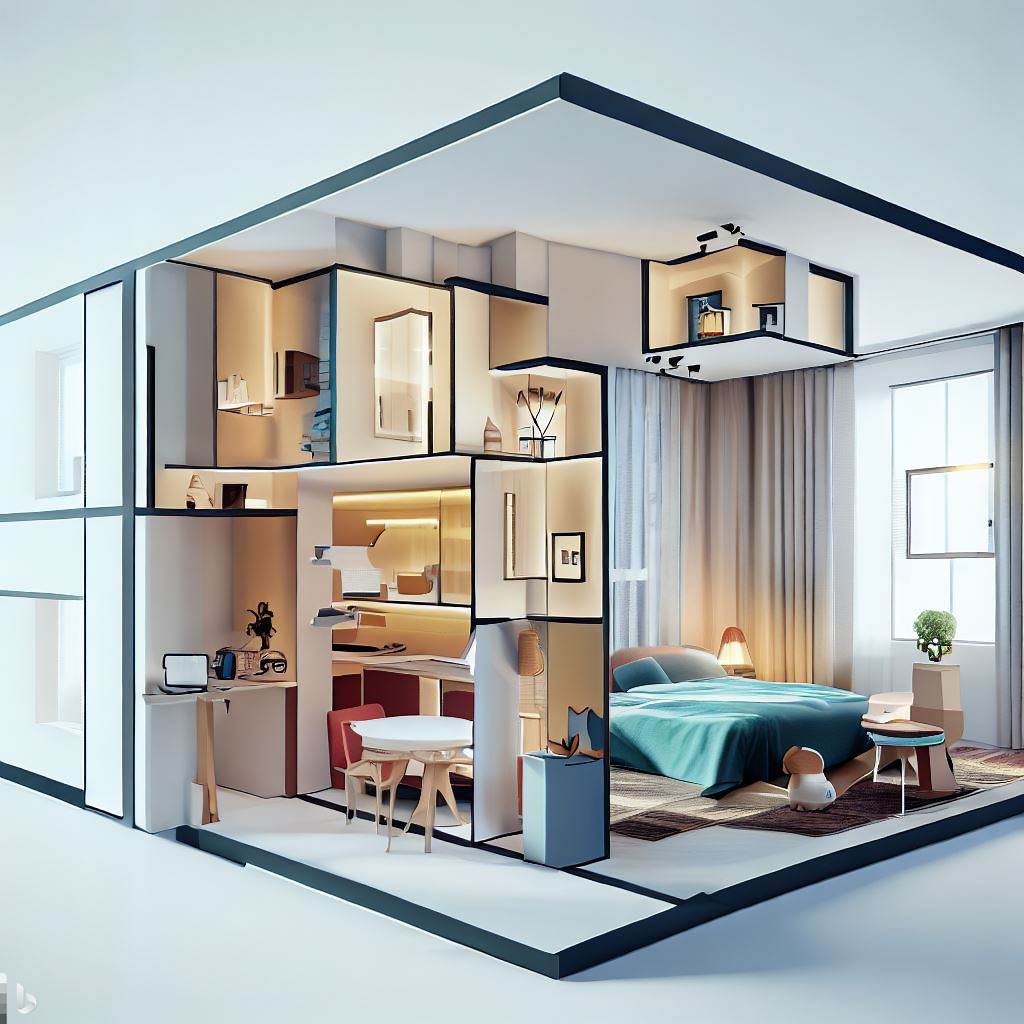
03. Lighting Design
Generative AI can help to create lighting schemes that not only match the design and ambiance of a space but also enhance the overall spatial experience. Typically, you can start by specifying the type of space, its theme, and desired mood.
For example, you could prompt generative AI with the following instructions:
“Create a lighting design for a modern Italian restaurant with a cozy and romantic atmosphere. The restaurant has a main dining area and a bar.”
Here are some results we got with this prompt:
First result:
Second result:
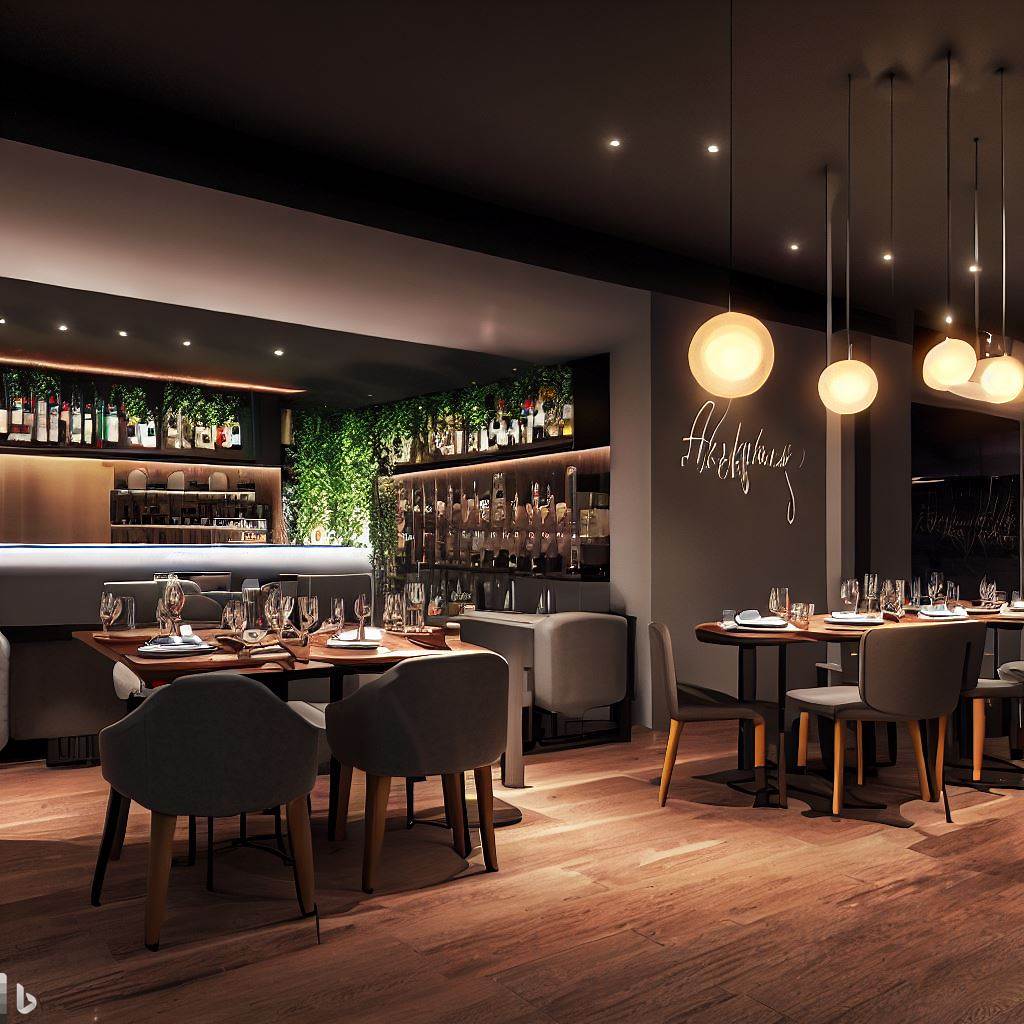
04. façade design
Architects and designers can work with Generative AI tools to create visually striking exteriors for buildings. Think about the diverse and creative designs that can be generated from a simple prompt like this example:
- Prompt: Generate unique facade designs for a duplex surrounded by a lush and vibrant landscape.
First result:
Second result:
It only takes a few more specifications to generate multiple designs that incorporate desired features like innovative use of materials, sustainable design principles, climate specifications, and so on. Then, you can review and refine the results to create a compelling facade concept for your project.
Power up your creative genius
Generative AI will continue to grow in its potential to help you work faster and more effectively as a designer. Whether you’re creating unique and personalized designs or exploring options to help facilitate your ideation process, learning to adopt generative AI into your workflow will go a long way.
In this post, we explored some notable examples of how generative AI can help with furniture selection, space planning, and lighting design. However, this is merely a glimpse into a larger pool of possibilities.
Now, you can also explore the amazing generative AI tools out there as you continue to create outstanding designs. Good luck!


